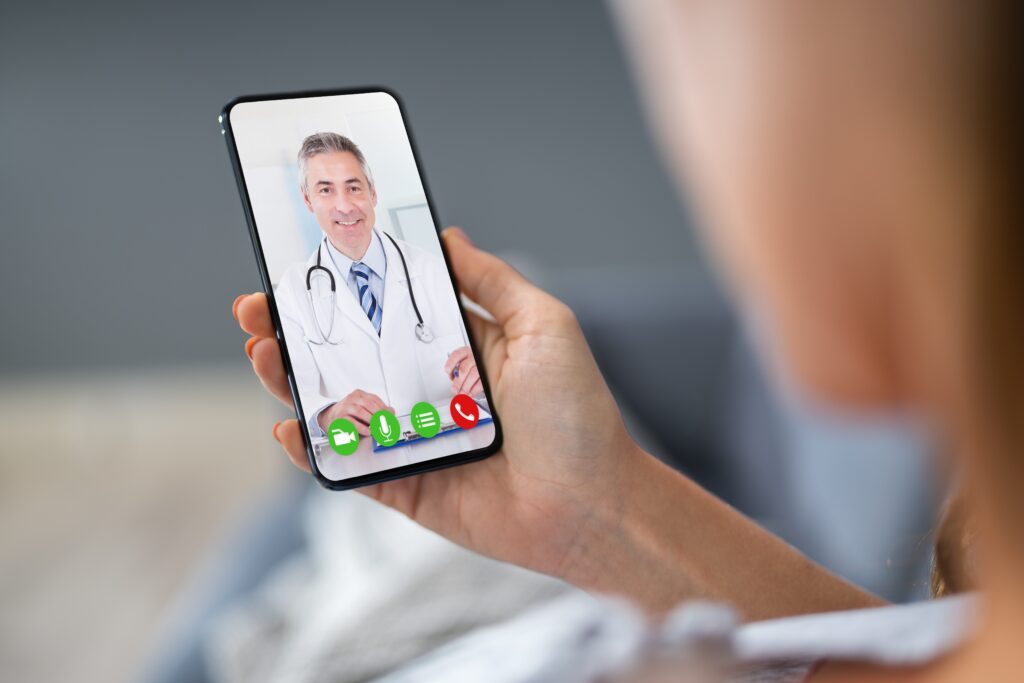The most visible members of the healthcare team are the doctors and nurses who interact directly with patients. But there is a different, highly-specialized team that enables doctors and nurses to harness the amazing technological advancements that comprise our healthcare system today.
As a healthcare tech professional, you not only have to support equipment and systems to 99.999% reliability, you are also responsible for the connectivity that brings all the pieces together with HIPAA-compliance. At the bedside or in the ER, the care team then has the communication and information they need at their fingertips.
Delivering Better Outcomes and Patient Experience
The purpose of healthcare technology is to create a better outcome for the patient. When frontline healthcare workers have access to patient records in real-time, when a test result shows an immediately actionable condition, when the caregiver has more time to spend caring for the patient and takes less time going back and forth to the nurse’s station, technology has done its job.
It is undeniable. Technology improves the patient experience. 96% of healthcare facilities surveyed reported patient satisfaction scores improved with smartphone use. 32% of those said they improved dramatically.
Measuring Patient Experience
One of the tools for measuring patient experience is the Hospital Consumer Assessment of Healthcare Providers and Systems (HCAHPS). More than 8,000 patients nationwide complete the survey each day, and hospitals publicly report HCAHPS scores online on the Medicare website.
HCAHPS scores are important for three reasons:
- The scores impact the hospital’s reputation, which affects revenue. The listings use a 5-star rating system, and patients use these to help select a healthcare facility.Higher ratings attract more patients and revenue.
- HCAHPS scores can change the amount paid by Medicare and Medicaid. Some private insurers also use HCAHPS scores to determine reimbursement rates. The higher the rating, the greater the reimbursement, and the more benefit to the hospital’s bottom line.
- The scores are an action plan for the healthcare facility to make improvements.
Seamless Connectivity is Key to Using Healthcare Technology Effectively
Communication is critical in the healthcare environment. Today’s healthcare technology is complex and requires significant bandwidth. Providing reliable in-building communication that is always on, everywhere is easier said than done.
Three strategies typically connect people and systems:
- Wired service is reliable, but installation, moves, and changes can be costly because of the materials and labor involved. Most importantly, wired service does not provide mobile communication.
- Wi-Fi is the most common type of in-building wireless service. It is quick and easy to install, and moves are simple. However, it is a finite resource that slows under heavy use and provides a lower quality of service to devices in motion.
- Cellular provides superior performance for mobile communication and higher capacity, but gaps occur indoors because of building materials, architecture, and distance from outdoor towers.
Connectivity for Today and Tomorrow
Technology is developing so fast that any in-building mobile solution must not only support today’s needs, but it has to be expandable for coming developments. IoT, 5G, artificial intelligence, telemedicine, wearables, all of these are here or emerging, and all require reliable in-building mobile connectivity.
Distributed Antenna Systems (DAS) are the technology of choice where scalable, modular, reliable in-building mobile connectivity is critical. A DAS distributes mobile signals from the radio to antennas deployed throughout the building to cover even the hardest-to-serve corners. Think operating rooms with yards of stainless steel or shielded x-ray rooms that can stand in the way of a cellular signal.
SOLiD’s ALLIANCETM DAS edgeROUTM has the highest output power per band of any DAS remote in its class with upgrade options from four bands to six or eight with little effort. It is as easy to install as Wi-Fi while requiring very little equipment, itfits in the tightest IT closet space, and the antennas have a slim one-inch profile. ALLIANCE DAS is obsolescence-resistant because of its modularity. SOLiD’s fiber-to-the-edge solution further increases the solution’s dependability and its ability to expand as needed.
The SOLiD Solution
You already have a tremendous amount of responsibility for managing the equipment and technology you care for, and the stakes are high. Patient lives depend on it. You can delve into DAS as an unfamiliar technology and expend a tremendous amount of time and energy as you research the best decision. Or you can partner with a company that has the industry knowledge, current technology, experience, and a track record of results. SOLiD has been providing in-building DAS systems for more than 20 years. We partner with you to engineer a connectivity solution that fully covers a building or set of buildings for today and has the flexibility to grow for the future.
Healthcare will only become more connected as technology continues to develop. Bandwidth demands will expand, and the voices crying for reliable bandwidth will get louder. SOLiD can quiet the loud voices and prepare you for the future of connected healthcare. Contact your SOLiD advisor today at (888) 409-9997 or email us at info@SOLID.com.
